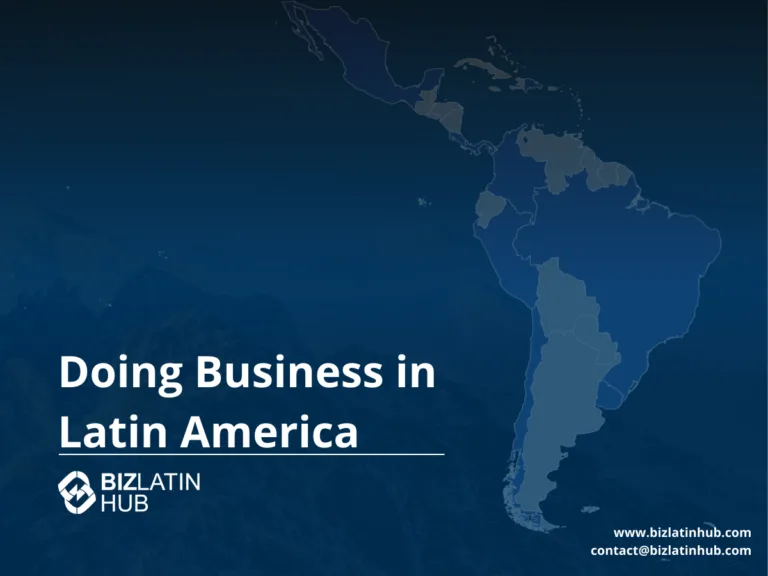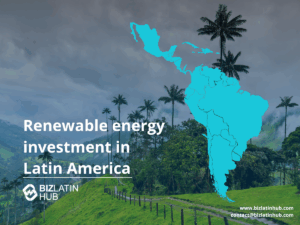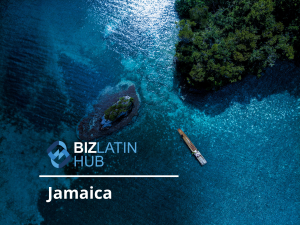Latin America offers several pathways for foreign investors to gain residency—often with potential toward permanent residency or eventual citizenship. While each country’s program varies, many share similar features such as investment thresholds, residency requirements, and options for family inclusion. This can be done in a number of ways, including company formation in Latin America.
Key Takeaways: Investor Visas in Latin America
| What are the investment options for visas in Latin America? | It varies by country, but usually through investment in either real estate, new company formation or exisiting countries. |
| What residency status does it grant? | In most countries you will gain residency for the duration of the visa at minimum, often renewable and in some cases providing a fast-track to nationality. |
| What is the minimum investment amount required? | Usually around USD$100,000, but can be higher (for example, Panama) or lower (Colombia). |
| Where can you get the visa? | Usually this is done at a relevant embassy, but some countries have online application processes. |
What are Latin America Investment Visas?
An Investment Visa in Latin America is a legal route enabling foreign nationals to obtain temporary or permanent residency by making a qualifying investment—typically in real estate, business ventures, government bonds, or strategic development projects. These programs encourage economic growth, job creation, and foreign capital inflow.
Who Can Apply?
Generally, investors over 18 years old who:
- Hold a valid passport from any country.
- Can make a substantial investment—amount varies by country and program.
- Present a clean legal record.
- Often plan to establish or maintain active business operations or property ownership within the host country.
Required Documents
Typical documentation includes:
- Valid passport (with sufficient validity and blank pages).
- Proof of investment (e.g., property deeds, company shares, bank deposit confirmation).
- Business plans or project descriptions, where applicable.
- Evidence of funds (bank statements or certified proof).
- Police clearance or criminal background checks, often apostilled/translated.
- Completed visa application form and applicable fees.
- Occasionally, documentation of family relationships if including dependents.
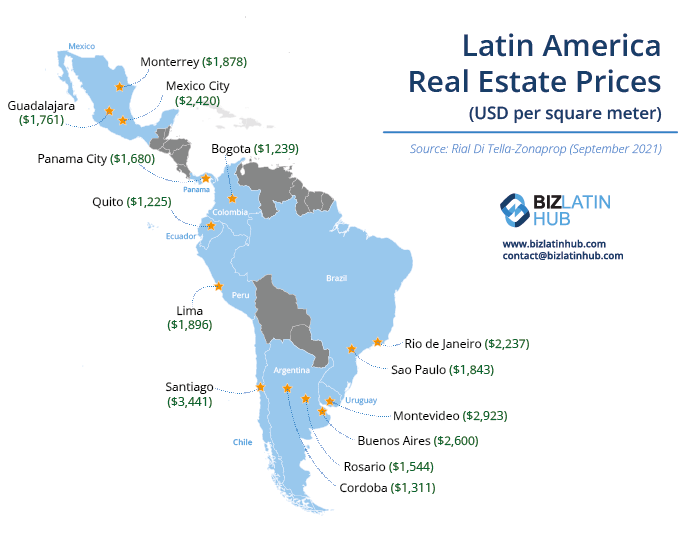
How to Apply
The process generally involves:
- Research and select the country whose program aligns with your goals.
- Prepare investment documentation—e.g., real estate purchase certificates, business registration, deposit confirmations.
- Submit your application, usually at a consulate or immigration office.
- Attend an interview, if required, to discuss your investment’s alignment with national priorities.
- Await approval, during which you receive temporary or permanent residency.
- Fulfill residency requirements (e.g., minimum physical presence) to maintain status and potentially qualify for citizenship later.
Processing Time & Cost
- Processing time ranges from a few weeks (e.g., Panama Qualified Investor Visa ~40 days) to several months, depending on the country.
- Costs vary widely—for instance:
- Panama Qualified Investor Visa: Real estate or financial investments starting around US $300,000
- Costa Rica Inversionista Visa: Minimum US $150,000 in real estate, business, or forestry
- Peru Inversionista Visa: PEN 500,000 (~US $130,000)
- Brazil VIPER program: BRL 500,000 (~US $100,000) for business; up to BRL 1,000,000 (~US $200,000) for real estate
- Chile Investor Visa: US $500,000 secured by InvestChile
- Colombia M-6/M-10 visas: From ~US $35,000 (business) to ~US $120,000 (real estate)
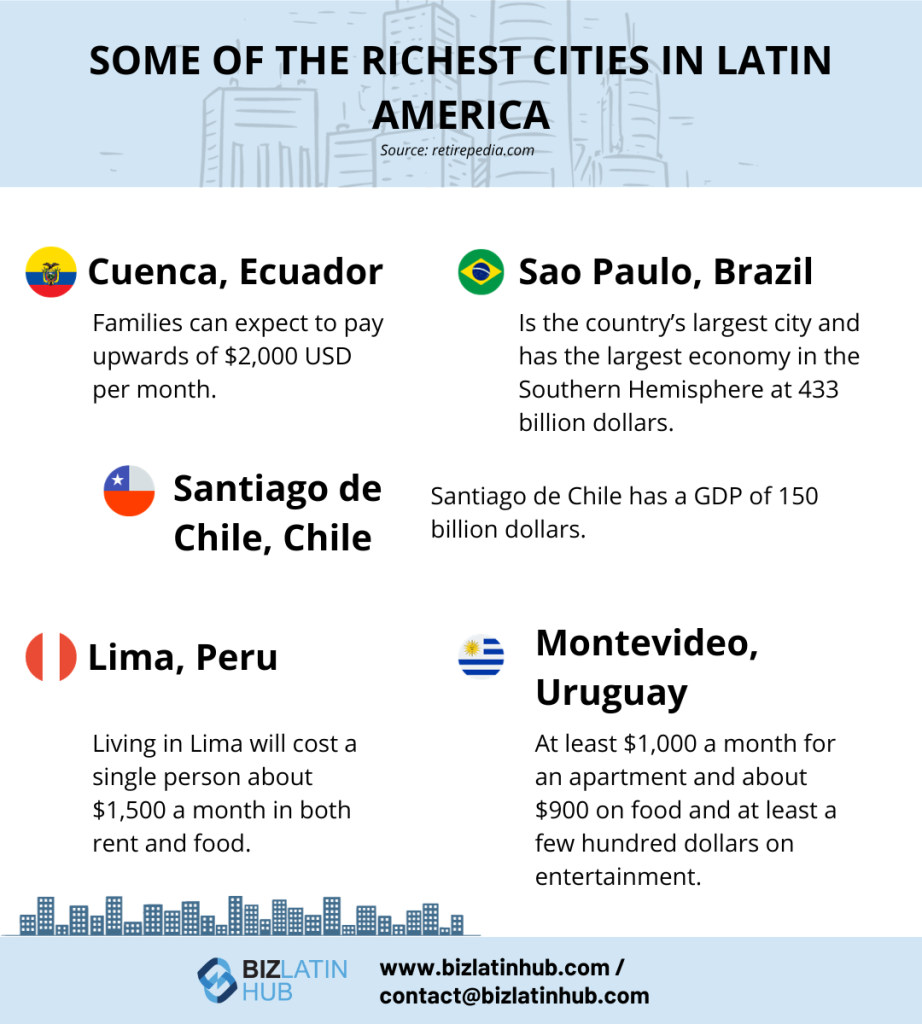
Residency Overview
- Some countries grant immediate or automatic permanent residency upon investment (e.g., Brazil’s VIPER program).
- Others begin with temporary residency (1–2 years), renewable and leading toward permanent status. For example:
- Peru: One-year residency, renewable.
- Costa Rica: Temporary residency for two years, with renewal eligibility.
- Chile: One-year visa renewable up to two more years; after five years, eligible for permanent residency and eventually citizenship.
Can Family Members Join?
Yes—most programs allow inclusion of spouses and dependent children, granting them equivalent residency rights. Common across Panama, Chile, Colombia, Brazil, and others.
Allowed Business Activities
Preferred sectors often reflect national development goals:
- Tourism/real estate (Costa Rica, Panama, Peru)
- Agriculture and forestry (Costa Rica, Panama)
- Innovation, exports, and job-creating businesses (Chile, Brazil)
- General business investment or property ownership (Colombia, Peru, Guatemala, Dominican Republic).
What It Does Not Offer
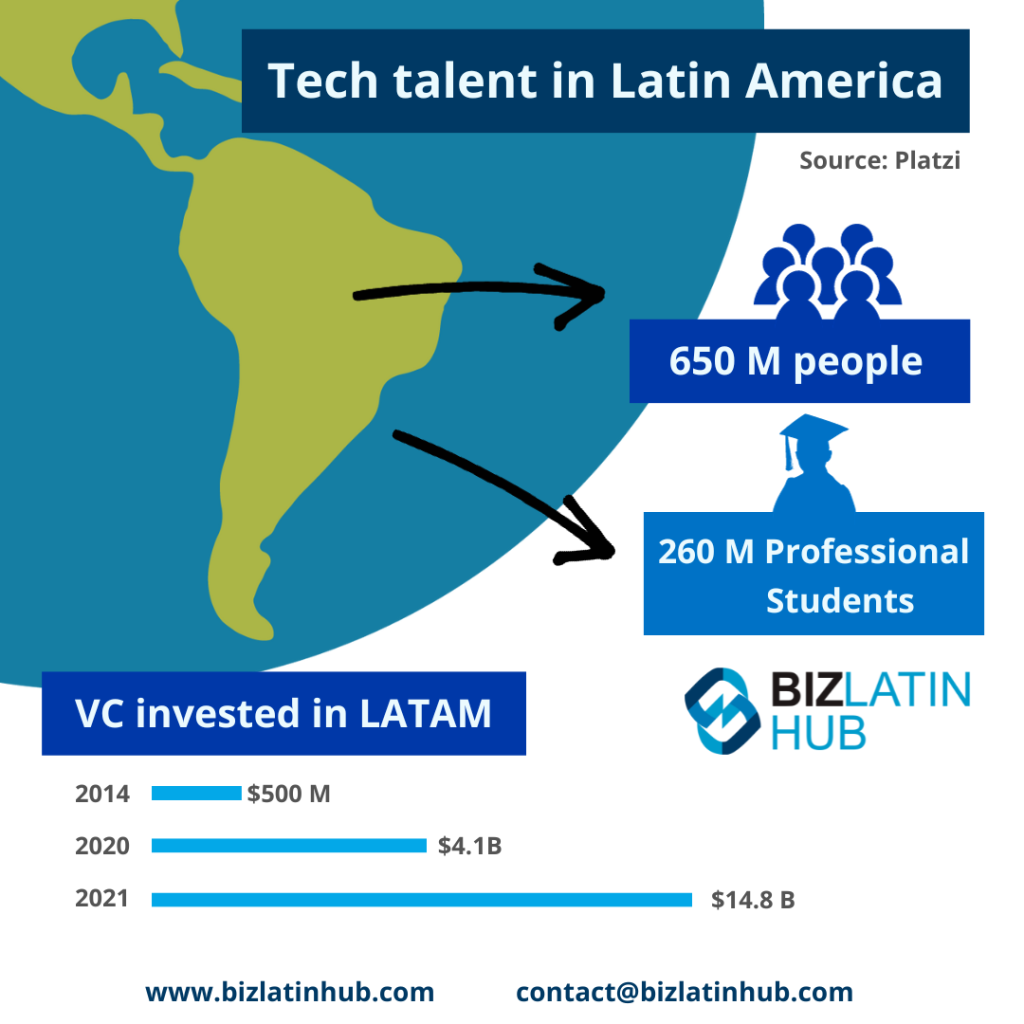
- There is often no direct path to citizenship—applicants must fulfill standard residency periods, language tests, or civic requirements.
- Dominican Republic: Fastest naturalization (~6 months after PR) but requires genuine integration.
- Panama: Citizenship possible after 5 years, subject to residency conditions.
- Uruguay: Requires substantial physical residence—3 years (families) or 5 years (singles).
- Brazil: Approximately 4 years residency, possibly 1-3 years with Portuguese fluency or marriage.
- Colombia: Typically 10 years total; 5 years on M visa + 5 years as R visa holder, or shorter for Latin nationals.
- Lifestyle standards such as language tests, civic knowledge exams, and minimum physical presence are often required for citizenship.
Final Thoughts
Latin America’s investor visa landscape offers diverse—and increasingly accessible—options for residency. Programs balance regional priorities: from Brazil’s job-focused business visas to Costa Rica’s tourism and forestry investments, and Chile’s innovation-driven investments. While no country currently offers instant citizenship, many provide solid foundations for long-term integration and eventual naturalization.
FAQs on Latin American investment visas
These are the queries we generally receive from clients interested in Latin American investment visas.
It varies: some are processed in a few weeks (e.g., Panama’s Qualified Investor Visa can take ≈ 40 days); others take several months depending on documentation and immigration processes.
Ranges widely—from around US $100,000 (Brazil business or Peru) to several hundred thousand (Chile, Panama). Specific countries set tailored thresholds based on local economic goals.
Typically: real estate, business ventures, agriculture/forestry, innovation projects, or government bonds. Countries align eligibility with development priorities (e.g., job creation, export focus, sustainability).
Yes. Most programs allow dependents (spouse, children) to be included under the primary applicant’s visa.
Temporary visas often start at 1–2 years (renewable), while certain programs (e.g., Brazil VIPER, some Panama options) offer immediate permanent residency.
Yes—temporary visas are generally renewable if continued compliance is demonstrated (ongoing investment, presence, etc.).
Yes—eventually. Permanent residency often follows 1–5 years of temporary status; citizenship typically requires additional residency time, integration, and sometimes language/civics tests.
Yes—investments conflicting with environmental standards, lacking job creation, or outside development priorities may be restricted or ineligible.
Biz Latin Hub can help you with Latin American Investment Visas
At Biz Latin Hub, our multilingual team of company formation specialists has extensive experience in supporting foreign executives when starting a business in Latin America. We offer a complete set of services for your business needs, such as legal, accounting, and recruitment support.
You can rely on us as your main contact for entering and doing business in any of the 18 markets in Latin America and the Caribbean where we operate.
Contact us now for personalized assistance or a free quote on company formation in Latin America.
Learn more about our team and expert authors.

